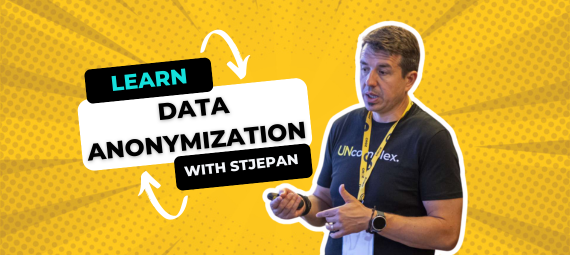A first grade class is not so different from a newly formed development team. If we ignore the fact that class is larger than a development team should be, there are a lot of similarities: in both cases we have kids/developers that don’t know each other, and if they do, it’s from old kindergarden/project times when they were all younger and worrying less, games/jobs were more interesting and bosses were less strict
First graders are scholars now, and school is a serious matter. In order for everything to work smoothly, a class of children has to learn to work together. A set of rules that hang on the wall help them understand which values and behaviors are appreciated in the class. Looking at this list on the first parent and teacher meeting, I liked how the rules were expressed, not as a list of prohibitions, but as a list of positive behaviors. The whole class looked like a war room filled with positive messages and enabling constraints(*) where all children worked together and broadened their abilities.

It instantly reminded me of a typical development team with class rules being nothing more than a Working Agreement that every solid team has.
Just to remind you, Working Agreement is a set of rules defined by the team itself that describe the way in which the team wants to function. Through the Working Agreement the rules of functioning become explicit, transparent and understandable to all. Team as a whole owns the rules. All members participate in rules definition (typically in team forming phase) and any member can initiate their redefinition. Feelings of autonomy and belonging to the team make team members stick to the rules better and defend them against the others. In the end, every team ends up with their own set of rules which evolve through time. Here we can see an example of an interesting one.

*Enabling constraints – guidelines that are specific enough to stop the people from wandering, but also loose enough to leave space for creativity and innovation. In that sense, enabling constraints conform to the so called Goldilocks rule, well known to the fairy tales’ fans: „…not to hot, not too cold, just right…“
Visit the CROZ agile team page if you want to enjoy Good ideas on Thursdays (or sometimes Fridays), a biweekly newsletter that features quasi-review of the ongoings in the world of agile development methods, devops, management, improvement, productivity and other ubercool related topics.



